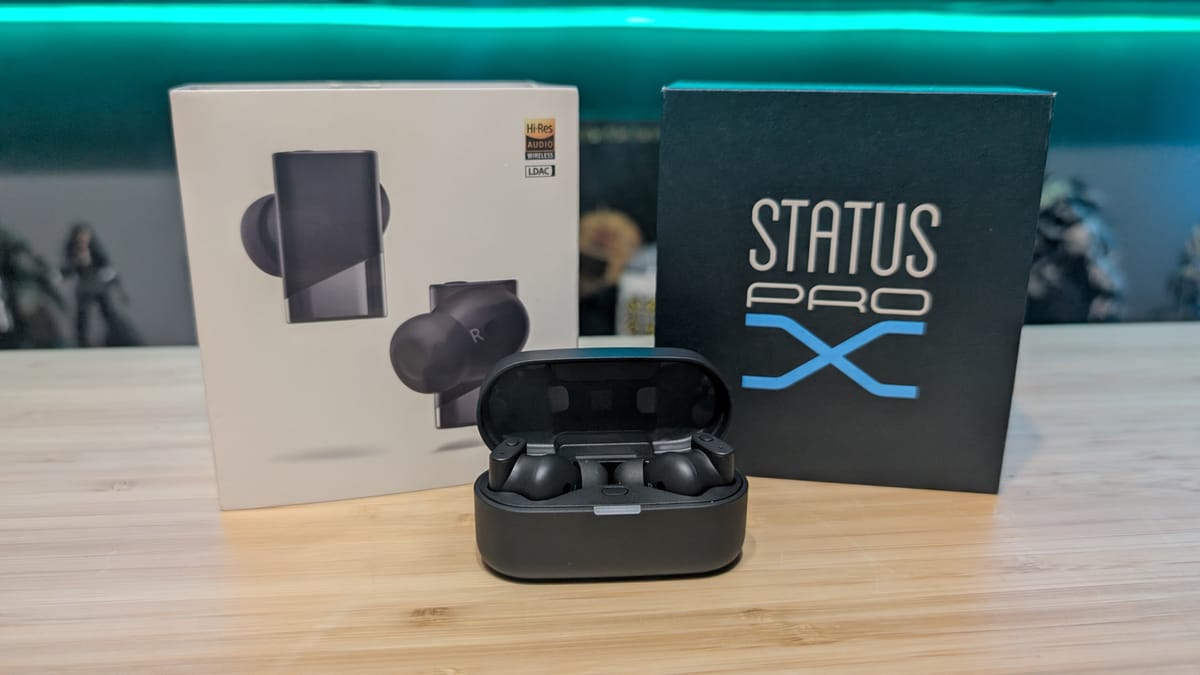
In my review for the Status 3ANC earbuds I said they were the best noise cancelling earbuds I’d ever put in my ears. Well…that’s not true. The 3ANC gave us incredible bass, incredibly effective noise cancellation, and an excellent range of sound. It was an absolutely phenomenal piece of tech…and it’s just been dethroned by something far better. Let’s talk about the Audio Pro X —the new flagship from Status, and my must-have audio recommendation.
Since the 3ANC has been my go-to for the last two and a half years, it’s going to get the most direct comparison since the Audio Pro X is aiming to replace it. It’s easy to look at the Pro X next to the 3ANC and think it’s just this year’s refresh, but you couldn’t be more wrong. While the Pro X and 3ANC both use the same triple driver approach, everything else has gotten a great deal of improvement. Let’s get under the hood.
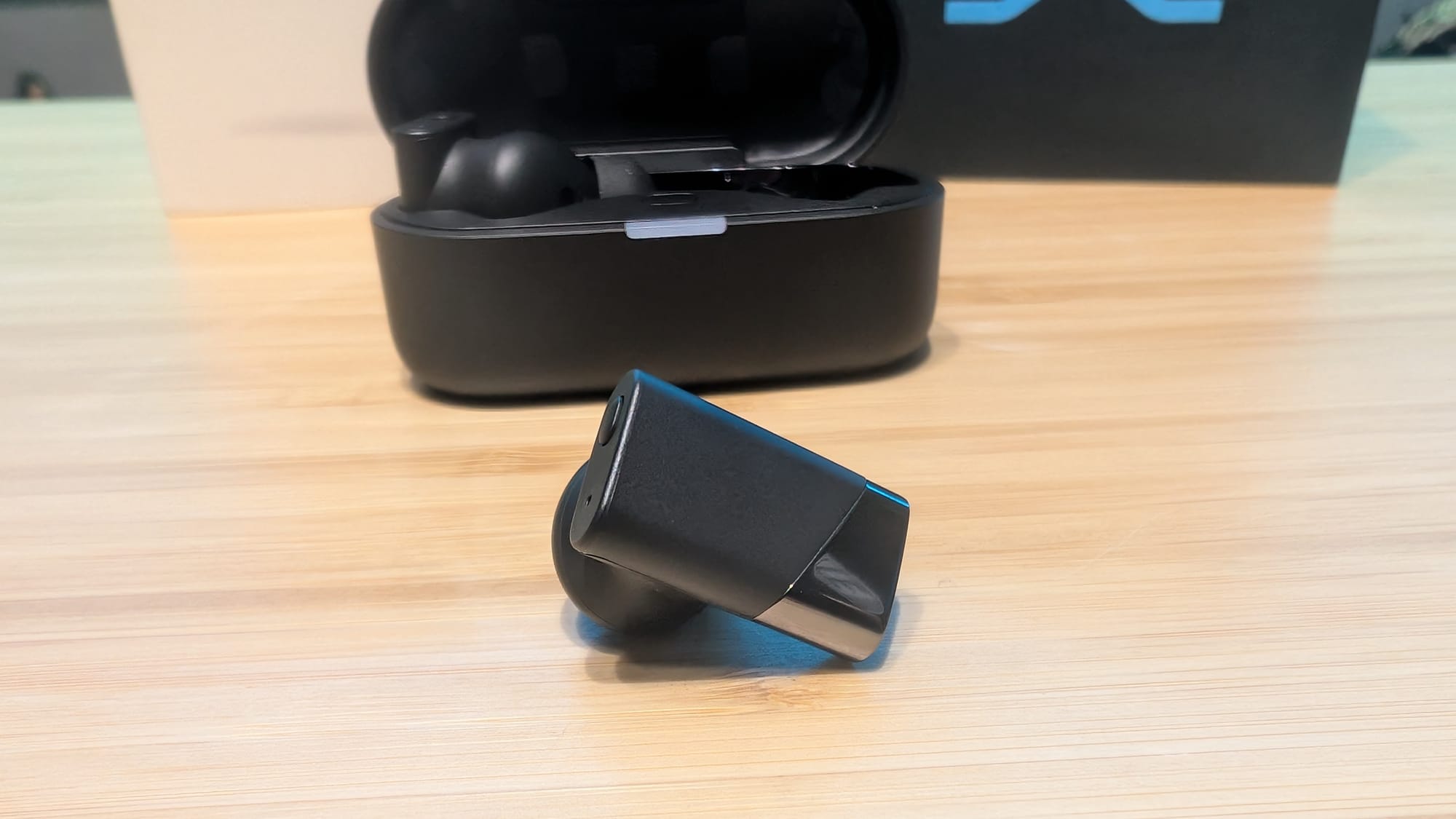
The Audio Pro X represents a two and a half year technical collaboration between the Engineers at Status and audio wizards at knowles. knowles was tapped to integrate their incredible balanced armature drivers, a brand new technology aiming to push audio fidelity while solving a few ongoing challenges facing full-range earbuds. Specifically, these new Balanced Armature (BA) drivers are, somehow, smaller still than the Status-built drivers present in the ANC3, but using a larger and upgraded 12mm dynamic driver while bafflingly using less power. By splitting the woofer and tweeter functions, the team can focus on tuning both individually, ensuring the best possible clarity. This dual-diaphragm design, both contained in their own chamber and driven by a single motor, pushes 5 dB more output than the single-diaphragm. The result of this partnership is an earbud pair built for audiophiles on the go.
If you’re a numbers person, let’s dive into all of them in one space before we talk about how all this tech comes together. I’ve already mentioned the 12mm dynamic driver, but there’s also a dedicated woofer that operates from 8 Hz to 4 kHz, with a midrange (500 Hz - 16 kHz) and tweeter (3000 Hz - 40 kHz). This trio of speakers splits up the work, which is not only more battery efficient but also allows each dedicated speaker to handle the lows, mids, and highs, so nothing is lost by trying to do all that work on a single speaker – precisely what other earbuds (e.g. AirPods Pro with 2, Google Buds Pro 2 have 1, Beats Powerbeats Pro 2 have 1) are doing most of the time. The Pro X uses three beamforming microphones, just like the 3ANC, but also adds a new AI speech enhancement capability called Voiceloom to help process your voice, stripping away any outside noises, for maximum clarity. These sport the newest Bluetooth 5.3 chipset, supporting SBC, AAC, and LDAC, as well as Auracast with LC3 codec support, making them future-proof as Auracast is a fresh emerging technology (we’ll talk more on Auracast in a moment). All of this audio is being pushed via Hi-Res audio (24-bit / 96 kHz) over Bluetooth, with LDAC codec streams up to 990 kbps wirelessly. These are also sealed up tight as a drum with IP55 water resistance, ensuring you aren’t going to damage these with a sweaty workout (something I’ve been testing for years). They also support 8 hours of playback without ANC running and 6 with ANC enabled, with another 24 hours laying in the charging case. That case supports rapid Qi rapid charging, popping back to fully charged in about 1.5 hours, with the case recharging to full inside of 2 hours via the included USB-C cable. If you need a quick bump, I’ve used the case for roughly 20 minutes of charging while I was boarding a plane and it gave me almost 40% of my near-dead battery, saving the day.
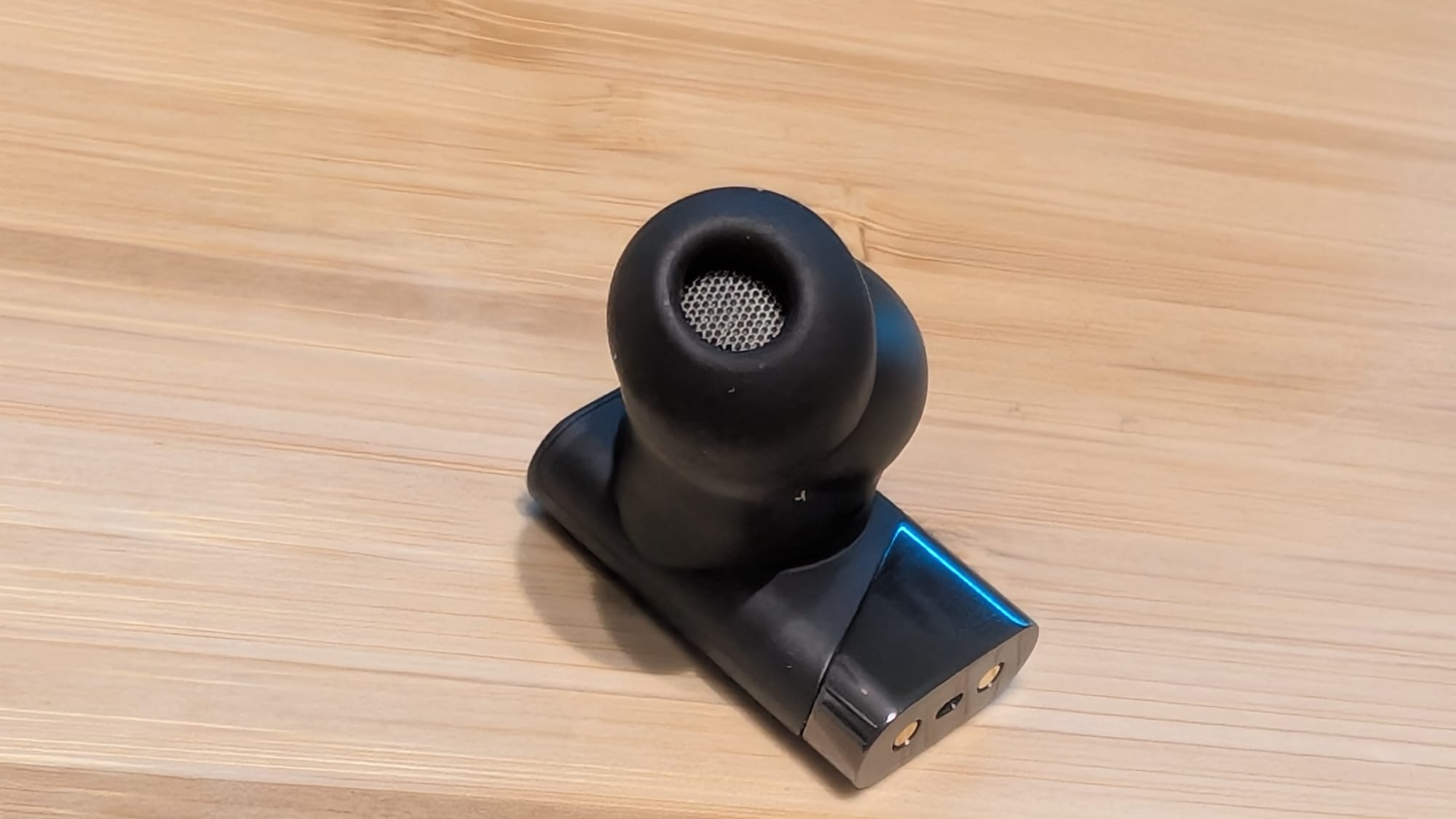
Ok, that was a lot of numbers, and we’ll be getting to how all that tech comes together, but it’s important to talk about Auracast. My mother uses hearing aids as she suffers hearing loss, and I’m heading down the same path as my hearing was damaged in the military. As such, I’ve had a lot of experience with hearing aids. That landscape is filled with garbage, with only a few companies rising to the top with solid features and support. One technology I’m just starting to hear about is Auracast—a completely new Bluetooth broadcast audio technology that lets one source reach an unlimited number of receivers. Why would you want that? There are actually quite a few instances where it’s critical to the comfort of the user. Think about going to the airport, theater, hospital, conferences, museums, and other public spaces where announcements are critical. Even when my hearing was good, these announcements were a muddy mess. Telecoils in hearing aids were supposed to solve this problem, but spotty adoption of the tech left hearing aid users wanting. With Auracast being baked directly into the Bluetooth stack, adoption will be far greater, allowing those who need help with hearing the ability to have the audio beamed directly to their hearing aids, rather than having the hearing aids pick them up from the audio in the room and carry them to the listener. (You can connect to an Auracast stream by selecting it in your phone’s Bluetooth menu, scanning a QR code at a venue, or pushing a physical button at the location to initiate pairing) It’s a vastly improved experience, and it’s one that is included in the Status Audio Pro X. Imagine how isolating not being able to hear the important things around you could be, and then imagine how game-changing being able to have those things sent directly to your ears would be. Bravo to Status for this forward-looking approach. I’m sure I’m not alone in saying how much I appreciate its inclusion.
Speaking of multi-point connectivity, the Pro X also supports connecting to two devices for full two-way communication. This allows me to connect to them via my phone and my laptop at the same time, meaning I can be taking a Zoom call or listening to music on my laptop one moment, then immediately flip to an incoming call on my phone without skipping a beat. That’s where the beamforming microphones come in handy.
If you’re unfamiliar with the term beamforming, it’s a technology that listens from multiple points on the device, allowing the mic to listen in a narrow cone on specific sound sources. These microphones will listen to all of the various sounds and sources, creating a narrow band to capture it as cleanly as possible. Why would you want to capture an unwanted sound? With the help of the DSP (Digital Signal Processing), you can now run that counter to the desired traffic and use ANC (Active Noise Cancellation) to tune it out entirely. That “constructive interference” amplifies the desired sounds and cancels out undesirable sounds (destructive interference) from other directions. For the user, the incoming audio is incredibly clean and crisp, and for those folks hearing you on the other end, your voice is the only thing you hear. Let’s get a quick listen to me reading out a short message below for you to judge for yourself.
Heading into the Status Hub you also have the ability to turn on Wind Noise Reduction, which does precisely what it sounds like. Using the six microphones, the Pro X will sample the noise profile and eliminate it entirely. While you’re in here, you can also access the Sidetone feature. This allows those same microphones to capture your voice during calls, piping it back to your ears so you can hear yourself. When you’re using earbuds you can’t hear the ambient noise (unless you enable that too—it’s an option) so it’s easy to speak too loudly or softly. Sidetone provides you direct feedback as you can hear yourself, so you know that your mic is working, and that you’re speaking at a reasonable volume. These microphones provide a staggering -52 db of active noise cancellation. I don’t have a hurricane to stand in the middle of to test it, but that’s an impressive amount of audio adjustment.
Picking up the case, if you have an Between 3ANC you’ll immediately notice that the Pro X is smaller. In fact, it’s 21% smaller for the earbuds and 11% smaller for the case. Yep, even with three drivers and all of the new tech, these earbuds are actually smaller than its predecessors. That’s not the only change, though.
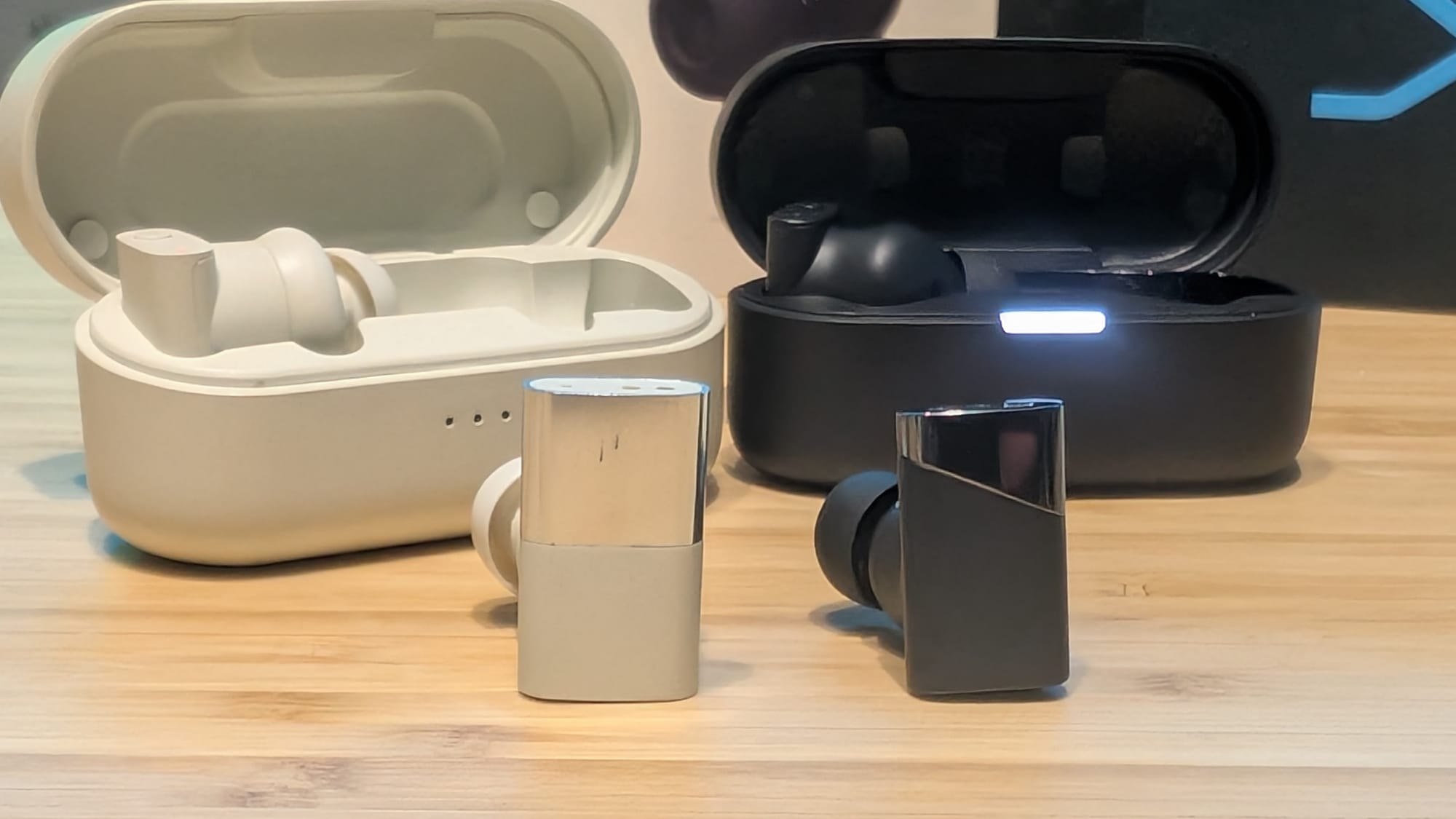
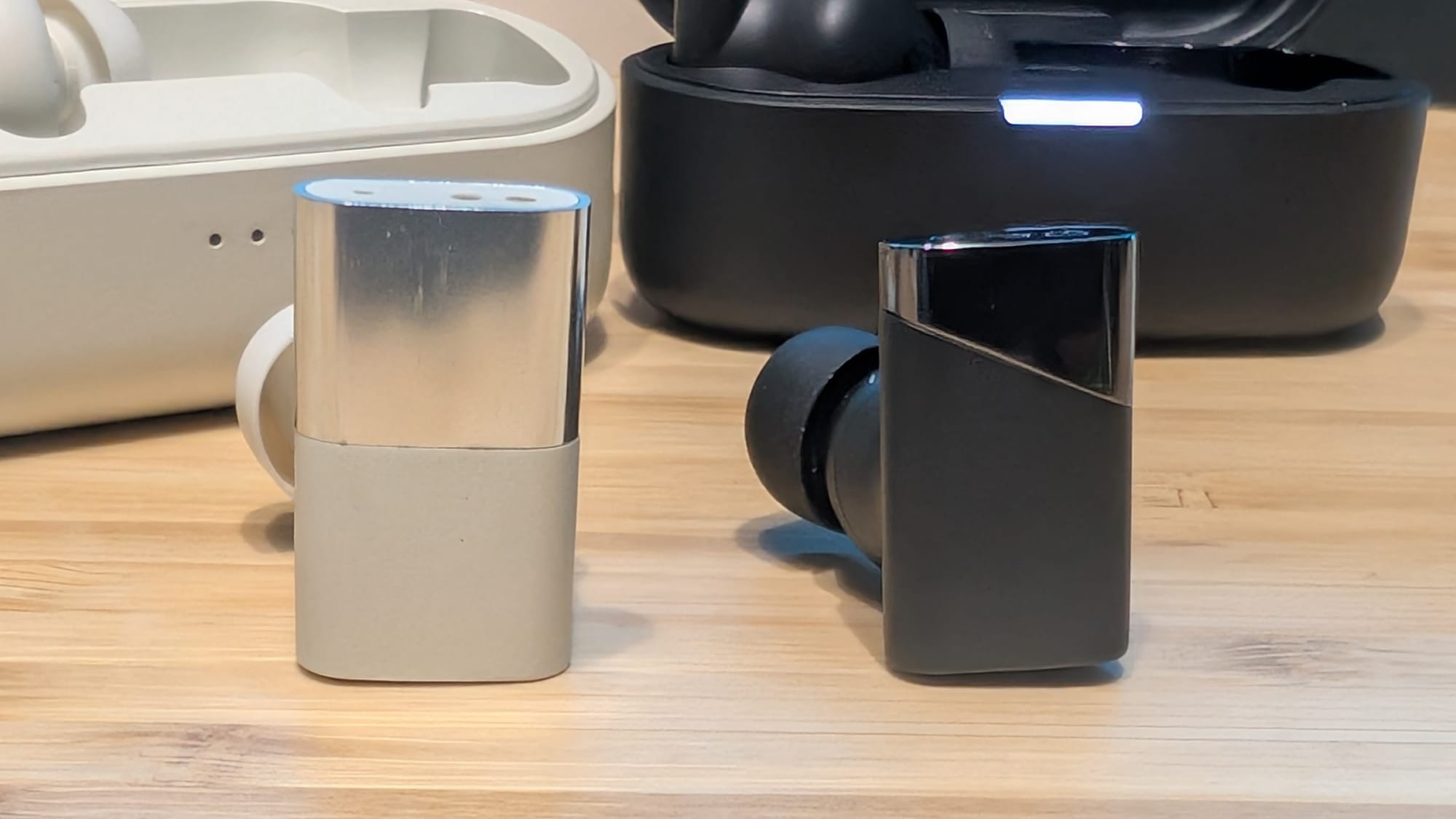

Side by Side of the Pro X in black and the 3ANC in white.
When the team was working with the Pro X’s profile, they wanted to create something that sits more flush against the face. The 3ANC sticks out a bit from the ear, but they wanted to make something smaller and more subtle. They’ve done exactly that, and despite the pair of transducers sitting in that nozzle that previously stuck out further from the ear canal, they’ve shortened that distance and created a mimetic design that sits cleanly in the ear canal while conforming to the side of the face and ears. How do they know? They brought in hundreds of “test ears” to figure out what not only sounds best (the knowles preferred Listening Curve), but also maximizing the comfort profile. Naturally Status has included a wide array of changeable ear tips to ensure you get a comfortable seal.
In practice, I’ve had the 3ANC for years and now the Pro X, and I’ve put them through the wringer. I’ve done full kickboxing classes, ran all day meetings, flown with them, handled Zoom, Teams, and phone calls, mowed and edged the lawn, listened to music and audiobooks, and of course, gaming with both and in both cases never had any ear pain or sweating issues. These are truly all-day comfortable. I review a lot of audio gear, but when it’s time to head out, these are the ones I grab. The Pro X’s smaller profile slips in my pocket more easily, making them my new ride or die when I leave the house, but they’re also sitting right in front of my monitor, ready to tackle whatever the day has in store.

All of these use cases really speaks to the challenge that both Status and knowles faced in the engineering of these devices. Expectations have changed dramatically, and users now experience great audio just about everywhere they go. Their car probably has a great set of speakers, their computer speakers might be decent, their TV could have a great receiver and speaker setup—good audio is now the norm. And with how much audio technology has advanced, people have now come to expect the same standard when on the go. It’s very clear that this was job one for Status as they focused on improving on their already-stellar 3ANC devices, as the new driver technology does exactly that. The sound is incredibly balanced delivering clean and crisp audio with rich mids, bass that doesn’t get crushed at the high end, and bright highs. By separating the three drivers, Status has built audio devices that are perfect for any genre I could throw at it. EDM from bands like Kito and Riija Lee, orchestral videogame OSTs like Skyrim, rich sounds like Toto and Rush (who are touring again in 2026!), heavier tracks from Celldweller, and even pure chiptune from folks like cTrix and DJ Cutman. No matter what I threw at these earbuds, they delivered pure and accurate sound that stayed completely clean, even when you hit the drop in a track and others would crush out at the bottom end. If you want bass, these deliver.
It’s always a challenge to compare a great solution against a new great solution as there are no losers in the equation. Here the difference is clear—the Pro X beats and 3ANC. The new drivers are magnificent and deliver that audiophile experience, but on the go. The 3ANCs are absolutely magnificent, but the Pro X has them beat in quality. That’s not the end of the story for these new earbuds—there are some new features when we head into the Status Hub.
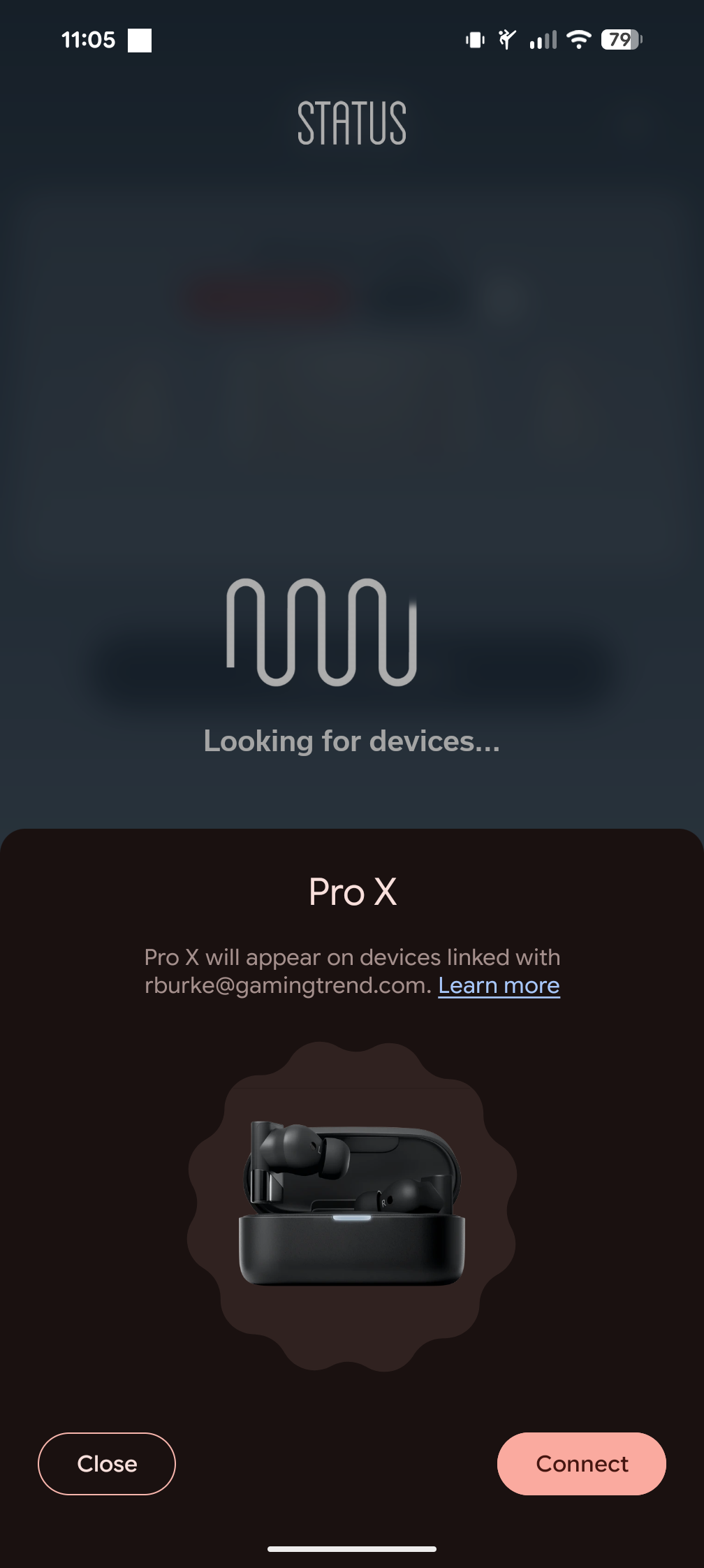

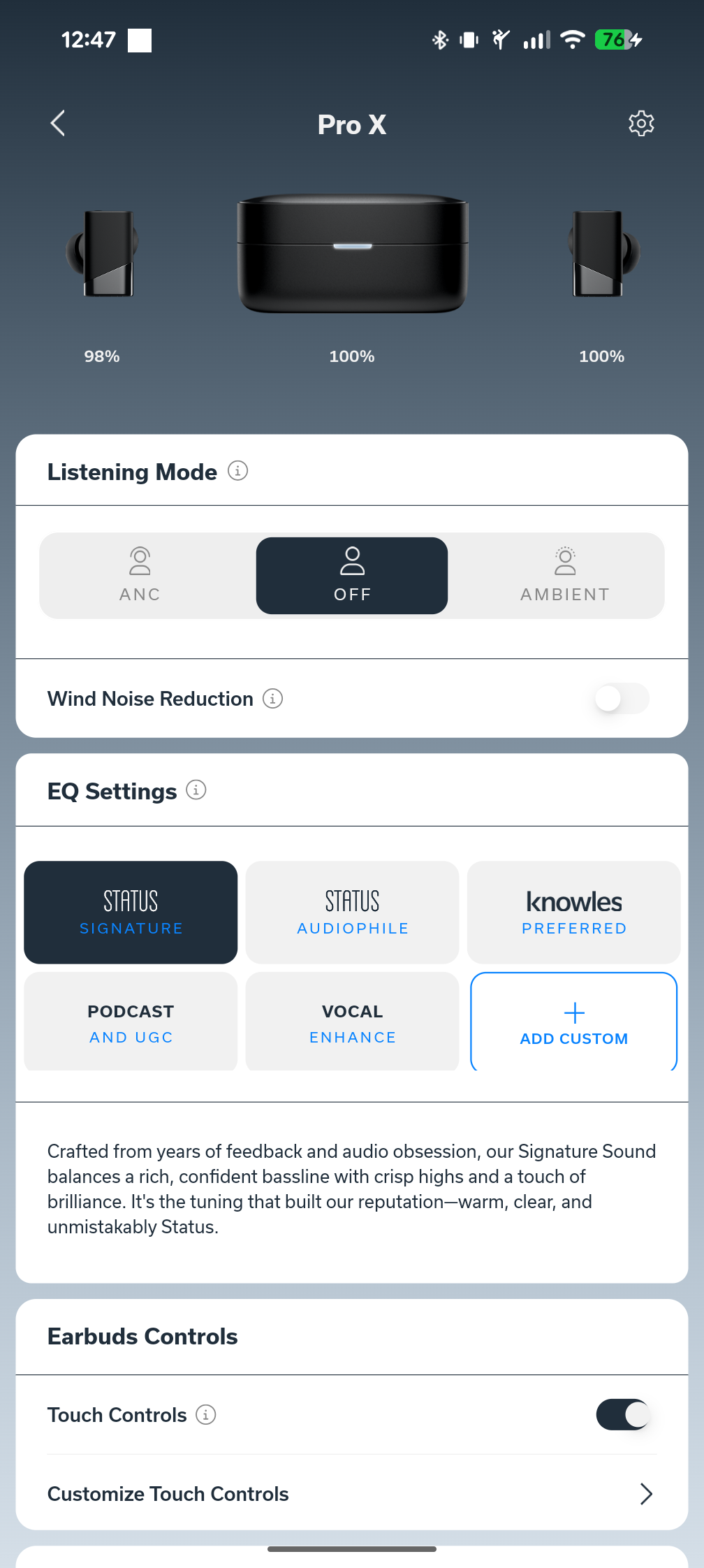
Both of these earbuds are fantastic when you want to hear awesome audio, but sometimes you don’t want to hear certain things, and that’s what the Active Noise Cancellation is for. There is an Ambient mode that allows you to hear pass-through audio so you can hear the things around you while still listening to music—a good way to walk on the sidewalk as you aren’t completely unaware of your surroundings. Within the Status Hub app you can even adjust how much ambient sound you’d like to hear —ow, medium, high, and Super, the last of which seems to amplify the ambient sounds but after cleaning them up a bit. On the other hand, when you engage ANC the world around you disappears. That single-serving friend on the airplane, the airplane engine noise, the lawnmower you’ve been pushing, the road noise when you’re a passenger in the back seat (or whatever music THEY want to listen to), whatever news channel is playing in the waiting room—whatever you want to filter out in the world, these have you handled. When you need to take them out, the optical wearing sensor will pause whatever you’re doing so you can jump back into it afterwards. This is another instance where we’re comparing great to great—the 3ANC had fantastic Active Noise Cancellation, but the Pro X takes out the tiny bit of hiss that was present before.
Also inside the Status Hub is the EQ Settings which are the secret sauce on the software side. Status provides four profiles: Signature Sound, Audiophile, Podcast and Vocal, and “knowles.” The Signature Sound is their warm and bass-rich profile they’ve honed for years. The Audiophile profile is tuned with the help of “top-tier psychoacoustic research” to “recreate the feel of high-end loudspeakers in a properly treated room”, and I can attest that it’s a very complete and accurate sound. The Podcast and Vocal settings handle exactly what their name suggests, pushing the voice forward and lifting the midrange. Finally, there’s the “knowles preferred” profile. This profile is built from the 70+ years of research and tuning in both the medical audio device and high-end audio space. It’s built specifically for their balanced armature drivers. There’s a custom EQ Settings option that allows you to tweak the entire range from 44 Hz to 8.3 kHz, pushing each from -12 dB to +12 dB across eight points in the range. You are welcome to build your own, and it’s easy to switch between them with the software. The fact that we have multiple profiles from the professionals tells you just how subjective these things are, and ultimately it’ll be up to you to find the profile that fits your listening experience, or to build your own. The fact that you can is a great thing.


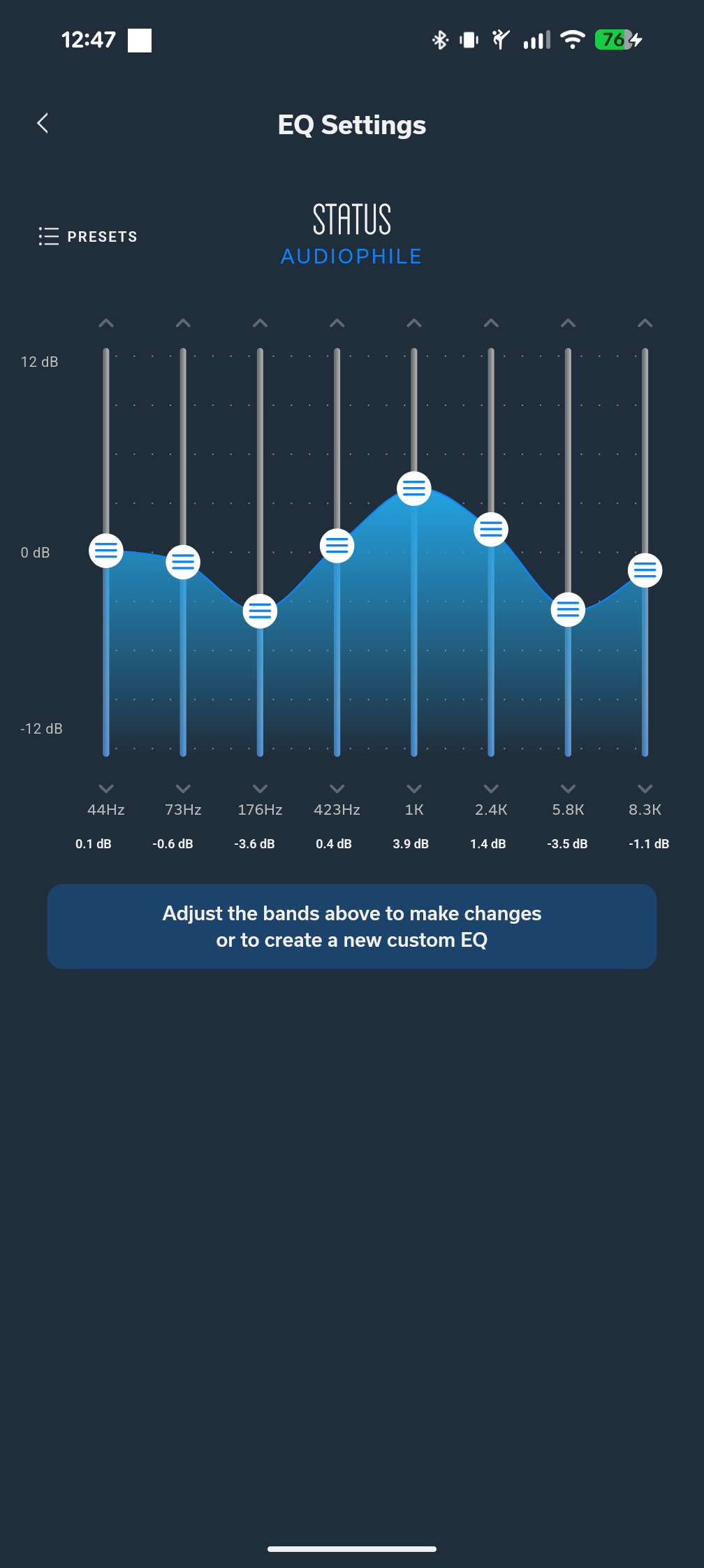
If you are the type that sets down your earbuds and forgot to put them in the case, you might lose one. I can’t say I’ve done that, but if it were to happen, you’ll be happy to know that both the 3ANC and the Pro X have audio location that’ll help you find them. The Pro X adds GPS to the mix, letting you see on a map where you might have left them last. If you think “Did I leave those at the airport?” you can now see exactly that.
Outside of audio tuning, you also have access to the Touch Controls on the side of the earbud. On the side of both the devices you have a small touch section that can take a single, double, or triple tap, as well as a tap and hold interaction. Unlike the 3ANC, you can remap all four of those individually, as well as choosing completely different options on the opposite device. For example, a single tap is play/pause as a default, but if you are so inclined you can change it to be volume up or down, next or previous track, or to turn on ANC or Transparency. Allowing the user to remix their controls is great, but you also have instances where touch controls are problematic. With a single toggle you can turn off touch controls entirely. If you do this, you’ll have to use the three physical buttons on both devices, but you can accomplish much of the same tasks, though you can’t remap or customize them. You have access to your device’s wake word to use if you have the touch disabled, and there’s a dedicated button for that purpose on the top of the device, so you always have some way to control your audio.
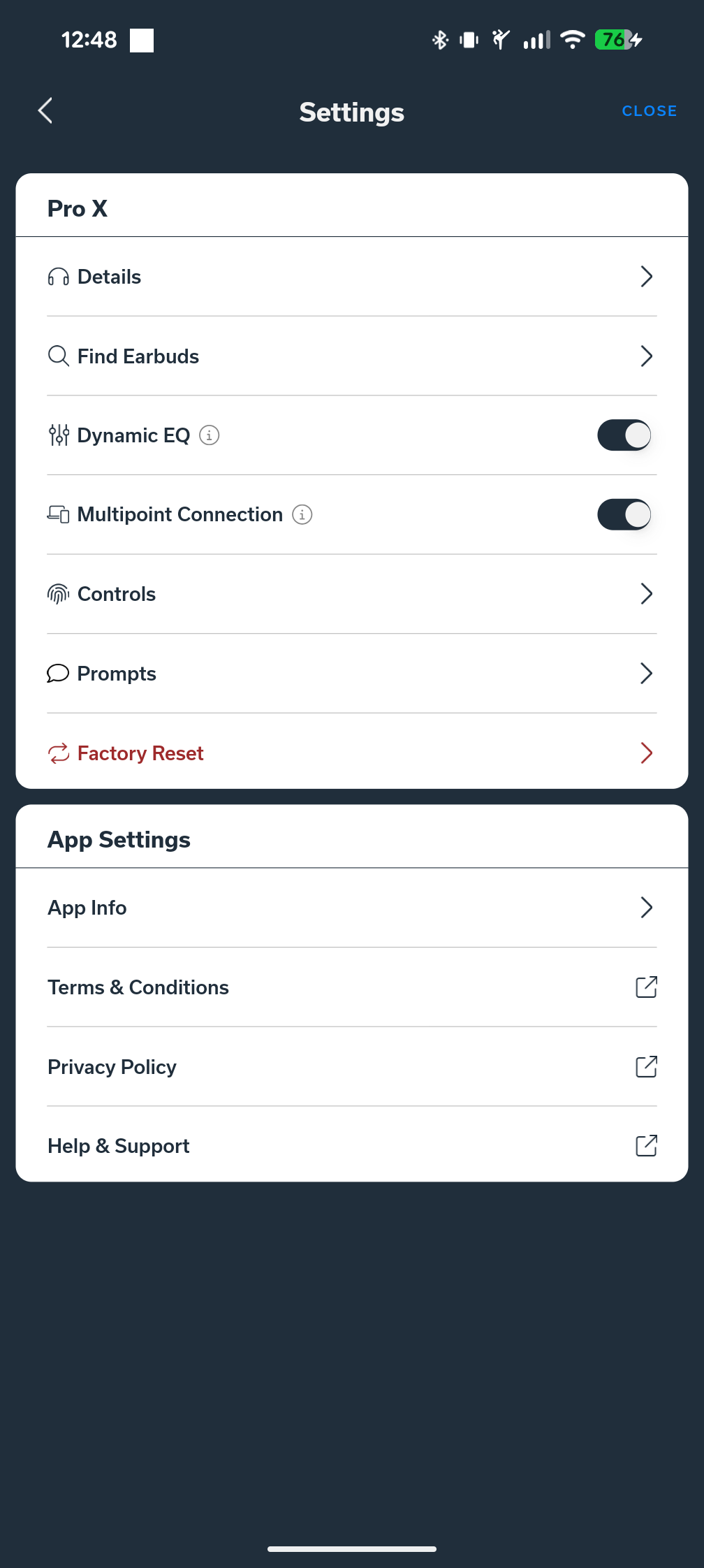
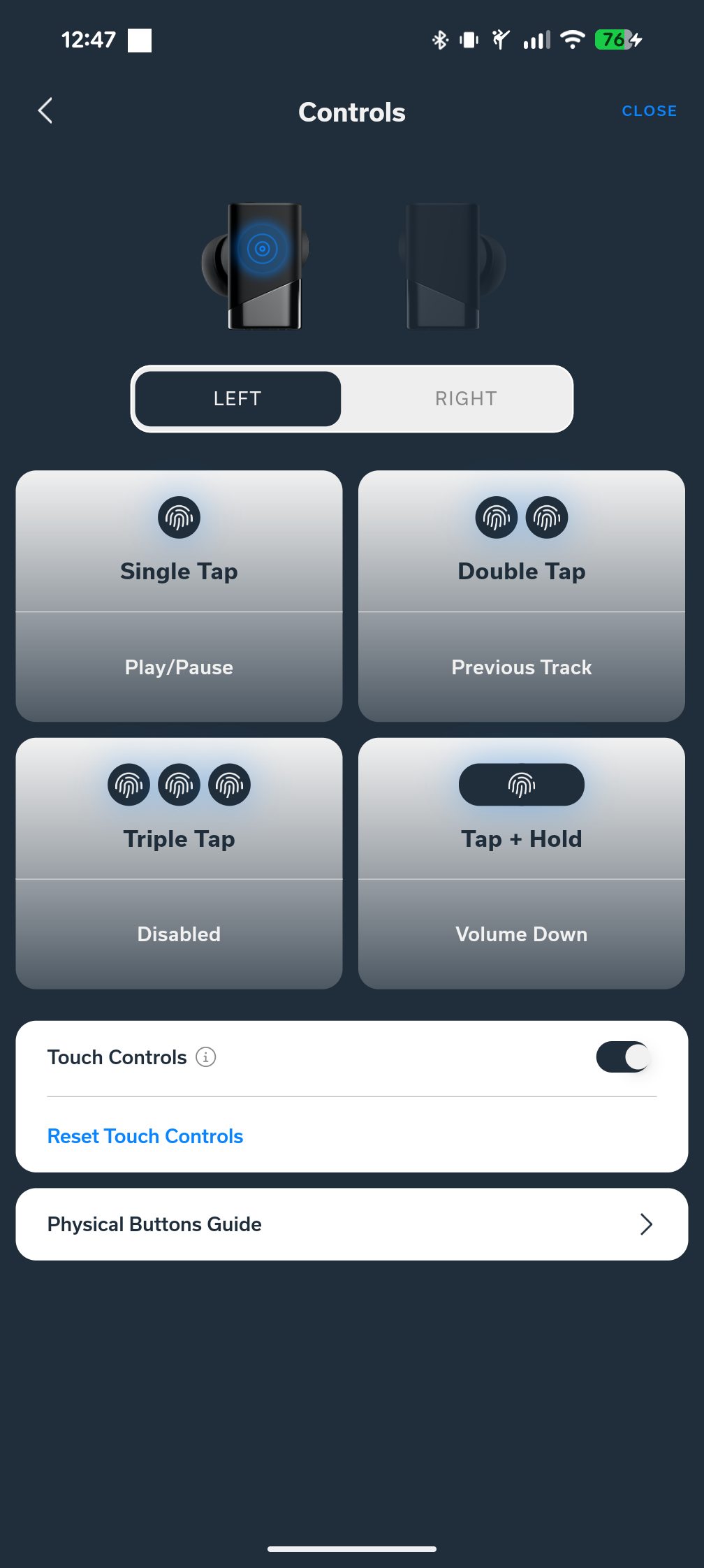

The last stop on any of our hardware reviews are warranty and price. Just like the 3ANC, the Pro X carries a 1 year warranty—something I wish they’d extend a bit. Pricing on the other hand was a bit of a surprise. The 3ANC were $299 when they shipped, and the Pro X is also starting at that price. In the day and age of everything being more expensive for political nonsense reasons, it’s refreshing to see a device that packs more tech in than ever before somehow without raising prices. When compared to other earbuds in the same space, the pricing is on par, but none of the competitors have three drivers or the audio to match. Status has once again delivered a premium top-tier audio experience.
Status Audio Pro X review
Phenomenal
The Status Audio Pro X is smaller, more comfortable, better sounding, and sports feature upgrades across the board. More than iterating on their previous work, this new device represents a new evolution for wireless audio for the industry.
Pros
- Triple drivers sound magnificent
- Excellent audio quality at all levels, with EQ settings to match
- ANC improvements remove the tiny bit of hiss from the 3ANC
- GPS and remappable touch controls are appreciated
- Auracast inclusion makes these future proof
- Mimetic facial contour design
Cons
- None
This review is based on a retail device provided by the manufacturer.
